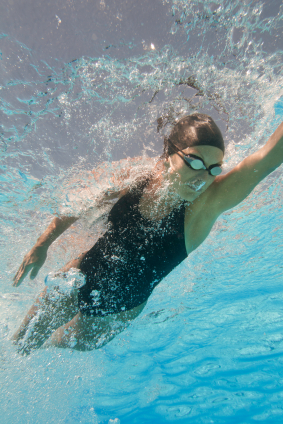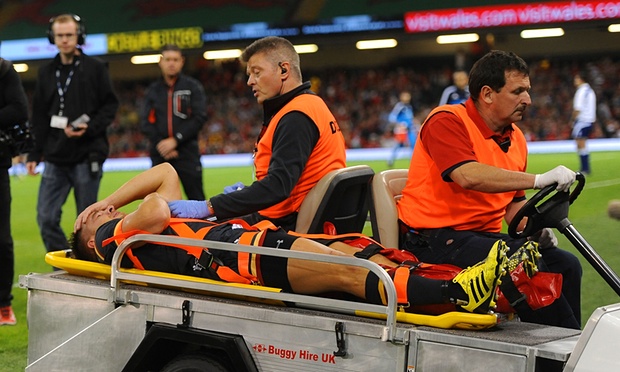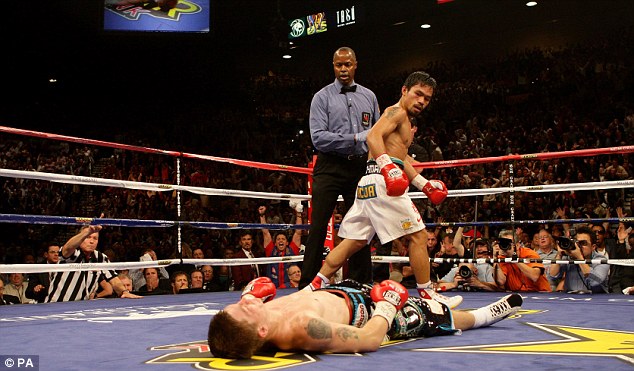Sports each have specific return to play policies and procedures. Many of these policies and procedures are very similar. Especially for some of the more common injuries such as a sprained ankle. These return to play policies and procedures need to be followed by coaches and athletes in order to promote player safety and wellbeing.
Many return to play policies and procedures are developed in conjunction with academic organisations such as Sports Medicine Australia (SMA). For example, Rugby League, AFL, and FIFA use the SMA Position Statement- Concussion to guide their policies and procedures for concussion injuries. These return to play policies and procedures are also specific to the sport, as some sports are more dangerous than others and require a more strict policy for return to play than other sports.
Many protocols for return to play involve:
- a medical clearance
- scans being completed and reviewed (x-ray, MRI, ultrasound etc)
- fitness and skills tests
- other professional clearance (physiotherapist, exercise physiologist etc)
For HSC PDHPE you are required to:
Critically examine policies and procedures that regulate the timing of return to play, considering questions such as:
There are a range of return to play policies and procedures that can be easily found through research. In addition to those above the Brisbane Netball Association has return to play policies for soft tissue injuries and concussion. The Brisbane Netball Association Concussion Management Policy[2] details the procedures required for an athlete with a concussion to complete before they can return to play at any level. The Netball Return to play soft tissue policy[3] provides some details for returning to play after a soft tissue injury. Both of which require the athlete to be cleared by a medical professional before competing again.
The NRL Policy Return to Play[4]. sets things out differently, listing injuries that require medical clearance, which includes concussion, heart attacks and broken bones and many more. Though these policies are very similar there are also differences. If we add the Australian National Boxing Federation Rules and Regulations[5] which are different again, especially in relation to an athlete being knocked out or suffering concussion (p7 under Medical Examinations and Requirements).
Why aren’t such policies applied to all sports?
These return to play policies and procedures are not blankly applied to all sports because each sport is different and therefore, require different policies. Many sports that are similar adopt very similar return to play policies and procedures, but then adapt them to be specific to the sport. Two (2) examples will help explain.
Football has a very different policy to boxing when it comes to a player being knocked out. In boxing the athlete is banned from competition and sparing for a minimum of 28 days the first time and 3 months the second, while in football, the player cannot return to the match that day, but once he is cleared by the medical team can return to normal activities. This is because there is a greater chance of re-injury in boxing for a player being knocked out or suffering concussion.
A further example is to look at a sprained wrist in both football and swimming. Swimming relies on the athlete using her wrist and hand to create force and returning to play before complete rehabilitation and medical checks could lead to re-injury. However, in football the hands are not allowed to be used and so there is less chance of re-injury and of the injury affecting the athletes performance. The athlete can also wear compression bandages while playing, where as this would hinder performance in swimming.
Who should have ultimate responsibility for deciding if an athlete returns to competition?
 This question is more complex then it first seems. Although the fast answer is the athlete who’s career, money etc is on the line, and who is most directly affected by the injury. However, return to play policy and procedures mean the athlete can not make this decision alone,
This question is more complex then it first seems. Although the fast answer is the athlete who’s career, money etc is on the line, and who is most directly affected by the injury. However, return to play policy and procedures mean the athlete can not make this decision alone,
Athletes are not trained to understand injury and injury rehabilitation. They do not know the risks associated with a return to play that is early and may cause themselves an injury they did not expect. For this reason it is important that the athlete’s decision is made in conjunction with medical and professional staff, such as physiotherapist. This helps ensure that the athlete makes properly informed decisions.
However, is addition to this, it is important that clearance be given if the risk of re-injury is high and/or the injury is large. In this situation the medical staff MUST give clearance and are responsible for deciding that the athlete CAN return to play. After this, the coaching staff may wish to ensure the athlete is ready to return to full competition through further training, game exposure and psychological testing. But even once the coach has given the clear for the athlete to return, the athlete can still refuse if they do not feel ready. The final responsibility lays with the athlete, although they may not get to return as fast as they wished due to the NEED for medical and coaching clearances.
Should athletes be allowed to use painkillers in order to compete when injured?
This question I have left to be addressed with the ethical considerations of return to play.
[1] Sports Medicine Australia (2015) Position Statement: Concussion. Accessed at http://sma.org.au/wp-content/uploads/2015/09/SMA-Position-Statement_Concussion-190815.pdf on 31 December 2015.
[2] Brisbane Netball Association (2013) Concussion Management. Accessed at http://www.brisbanenetball.org.au/management-committee/documents/concussion-management/ on 2 January 2016.
[3] Brisbane Netball Association (2013). Return to Play Policy Soft Tissue. Accessed at http://www.brisbanenetball.org.au/management-committee/documents/return-to-play-policy-soft-tissue/ on 2 January 2016.
[4] NRL (Unknown). Return to Play Policy. Accessed at http://www.playrugbyleague.com.au/wp-content/uploads/2013/05/Return-to-Play-Policy_With-Changes1.pdf on 2 January 2016.
[5] ANBF (2015) Rules and Regulations. Accessed at http://www.anbf.org/attachedfiles/265_ANBF%20Rules%201Nov2015.pdf on 2 January 2016.


